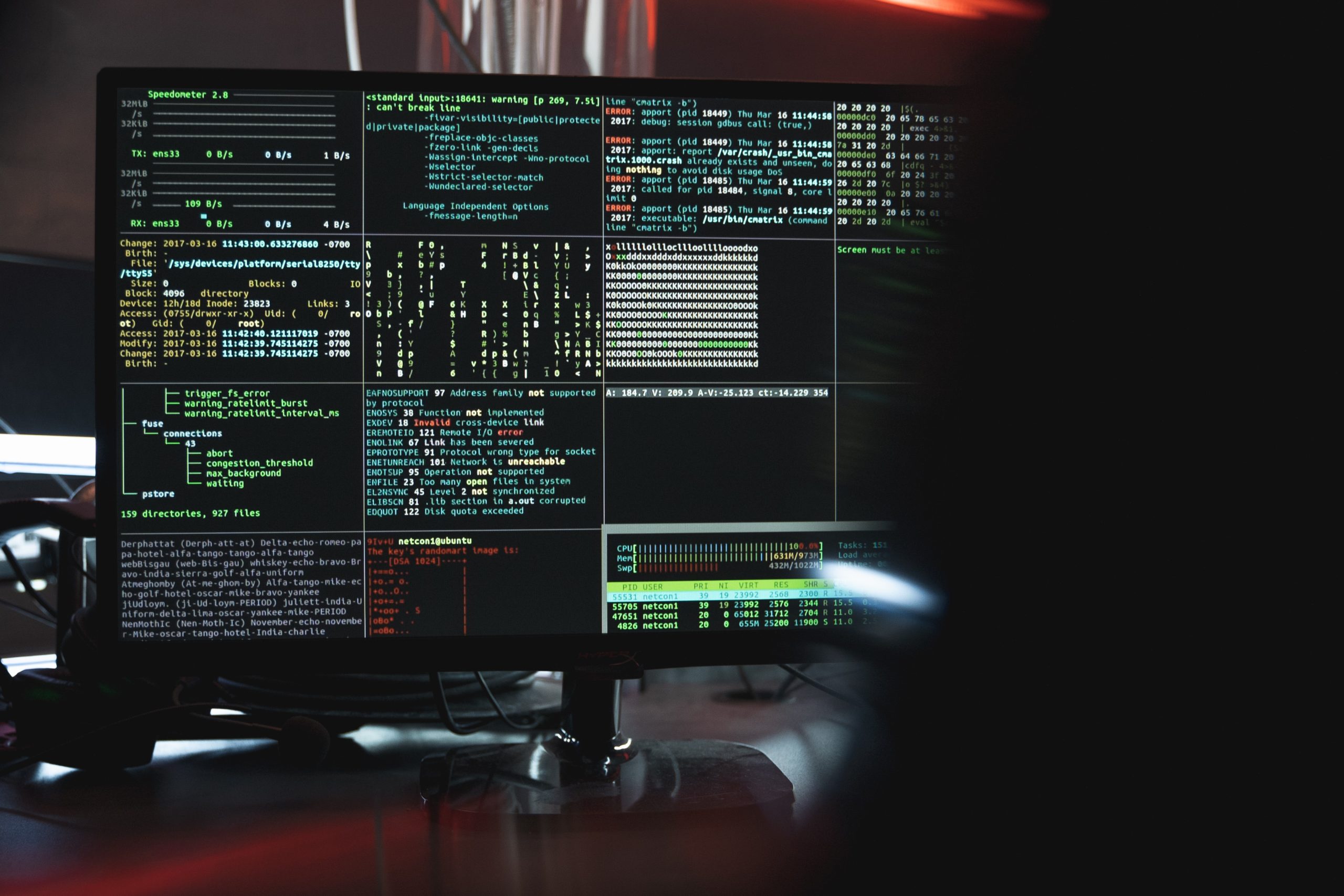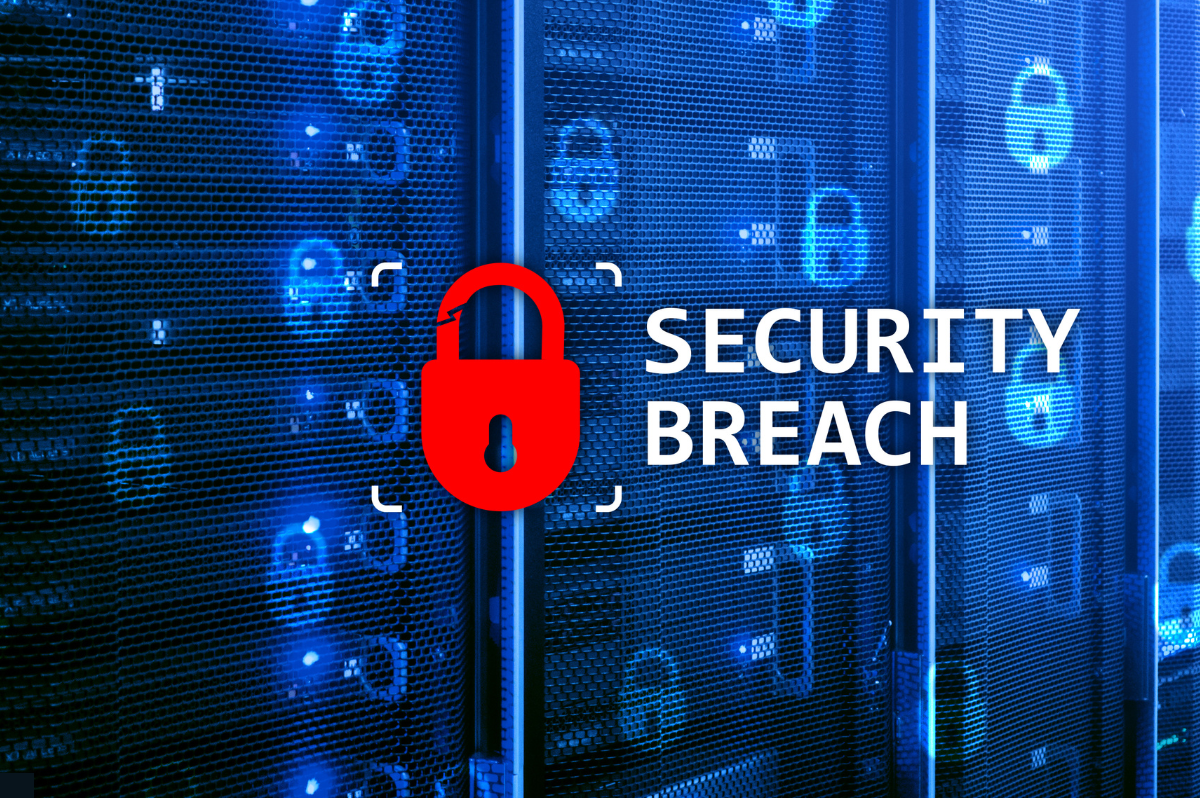Why Log4Shell Remains a Major Risk for Corporate Networks.

Log4Shell is Still Lurking.
What Does it Mean for Corporate Networks?
What is Log4Shell & What Does it Affect?
In December 2021, the Log4j vulnerability, also known as Log4Shell, was made public. Log4j is a logging utility for Java that allows developers to output log messages from their applications to various destinations, such as the console, a file, or a database. Like any software, log4j is susceptible to vulnerabilities that can be exploited by attackers. Logging tools are used by developers to keep track of activity within a certain application.
To take advantage of Log4Shell, all attackers have to do is trick the system into logging a unique piece of code. They can then take over their target’s computer and install malware or launch other types of cyber attacks.
Log4j’s handling of serialized data is one area where it might be vulnerable. An attacker may be able to insert harmful code into serialized data supplied to the log4j library in some versions of log4j. The injected code may be executed if the log4j library deserializes this data, which might provide the attacker access to the system without authorization or enable them to carry out other nefarious deeds.
A year later, the issue still posses’ great risks as was noted by an announcement by both the FBI and the Cybersecurity and Infrastructure Security Agency on a network attack by Iranians at a federal civilian executive branch agency. With the relentless rise of attacks and vulnerabilities dominates the cybersecurity landscape, organizations are coping with a compound threat: the vulnerabilities from prior years that may not have been sufficiently addressed as well as the new ones that surface every year.
How Does Log4Shell Affect Corporate Networks?
What makes the Log4j vulnerability even more dangerous is how ubiquitous the Log4j 2 library is. It can be found in large and small services as well as significant platforms like VMware and Amazon Web Services. Organizations across the industry have included Apache Log4j 2 into a variety of applications because it is one of the most used logging frameworks on the internet. This includes well-known cloud providers like Twitter and Stream as well as platforms like Apple, Google, Microsoft, and Cloudflare.
The vulnerability’s impact is amplified in particular by how simple it is to exploit. The Log4j library manages how code and data are logged by applications. The flaw gives an attacker access to a string, which they can use to fool the application into requesting and executing malicious code they have control over. Attackers can thereby remotely take control of any internet-connected service that makes use of specific versions of the Log4j library, regardless of where in the software stack it is located.
The subject is pertinent to more discussions about the software supply chain and how it is more challenging to find and fix vulnerable code since many firms do not have a complete accounting of all the software they use in their systems. However, even if a company has a record of every piece of software it has purchased or installed, those programs may still contain other software components that the end user isn’t precisely aware of and didn’t intentionally choose. Because of this intricate web of dependencies between the impacted platforms and services, patching can be a challenging and time-consuming process.
Attackers are still actively using Log4Shell everywhere they can, from criminal hackers looking for a way into targets’ systems to attackers with the support of the Chinese and Iranian governments who use the exploit in their espionage operations. Moreover, latest analysis released by Tenable Wednesday revealed that the issue still exists as of October 1, 2022, and that 72% of organizations are still exposed to Log4Shell. Some companies that first mitigated the vulnerability are included in that figure. Tenable conducted the study while gathering information from more than 500 million tests.
How can Companies Mitigate This Vulnerability?
Any company can fall victim to Log4Shell. Previous research and data analysis suggest the importance of continually assessing enterprise environments for the flaw, as well as other critical vulnerabilities.
Companies should update their own applications and infrastructure that use Log4j as well as third-party applications immediately. Corporate networks need enhanced security solutions that can immediately and automatically identify vulnerable systems and their dependencies, and help you prioritize the most critical systems to update first.
Prioritizing Java processes that are accessible via public networks and have the potential to leak critical information to malicious intruders is the most effective strategy for solving this problem. Throughout this process, it is important to keep a list of all known and suspected susceptible assets and what is being done with them.
Since malicious cyber actors may compromise an asset and then patch it to cover their tracks, it is crucial to keep track of patching. In order to determine whether a threat actor may have patched an asset, organizations should maintain a detailed record of the susceptible assets they have patched.
Even with proper record keeping, it is important to verify the success of the mitigation. Use the appropriate tools and techniques to scan the patched asset. Utilize different techniques to confirm that the mitigation was properly implemented while keeping a careful eye on the asset. Look out for updates from vendors to the asset’s software.
For information on known affected products and patches, go check CISA’s Github page the GitHub page for CISA. CISA will keep the repository updated when vendors issue patches.
Given the widespread exploitation of this vulnerability, it is also advisable to conduct hunt procedures. Organizations should assume that their assets have been compromised to simulate incident response procedures. It should involve treating assets as compromised, inspecting and monitoring accounts across your enterprise that exist on or connect to assets that use Log4j. These are among the ways that corporate networks can be protected from the vulnerability.
It goes without saying that all firewalls and intrusion detection systems should be updated. The patches could filter or block LDAP and RMI traffic attempting to reach malicious LDAP servers. It is also useful to implement general sanitation practices like multi-factor authentication and strict VPN policies. Finally, it was noted that a design flaw in the JNDI Lookup plugin is primarily to blame for this critical vulnerability. By disabling the Jndi Lookup class, the logger will be unable to take action based on data found in the log. JNDI is however disabled by default in version 2.16.0 of Log4j.
What is the Future for Log4Shell & Cybersecurity
Recognizing the problem is the first step in solving a complicated issue like cybersecurity vulnerabilities. Just a few years ago, security breaches were a taboo subject that was rarely addressed outside of the computer sector, and firms that had experienced them were unwilling to reveal and provide specifics. The latest round of public hacks has elevated cybersecurity to the level of board discussion for many businesses. Additionally, customers can now evaluate businesses based on how they choose to handle these incursions.
Another hopeful aspect is the fact that cybersecurity education is becoming more mainstream. Degree programs in cybersecurity are currently available from many prestigious colleges, including Stanford, MIT, and University of California, Berkeley. Similar initiatives are being made in the tech and cybersecurity sectors. There will be a record number of highly skilled professionals in the security sector. They also gain knowledge from the intrusions and weaknesses. News stories from today become case studies and precedents in the law of tomorrow.
It is also encouraging to see that vendors are building new technology with security in mind. While not all technologies will benefit from this, and the environments won’t be future-proofed, it represents a significant shift from decades of development practices. Although it will take time for these modifications to take effect, keep in mind that the choices that led to the creation of Log4Shell were made years ago.
Seeing more public-private partnerships being formed is a step in the right direction. Companies and governmental organizations are working together to exchange knowledge about vulnerabilities and incursions. Organizations are sharing technical information and more comprehensive strategic lessons learned for the good of everybody. In order to respond and address these problems more quickly and effectively, this happens at numerous levels and across a variety of teams.
These are positive moves the security sector sorely needs to take. It raises the possibility that the world will have considerably more robust and resilient cyber defenses in future.
Try Portnox Cloud for Free Today
Gain access to all of Portnox's powerful zero trust access control free capabilities for 30 days!



